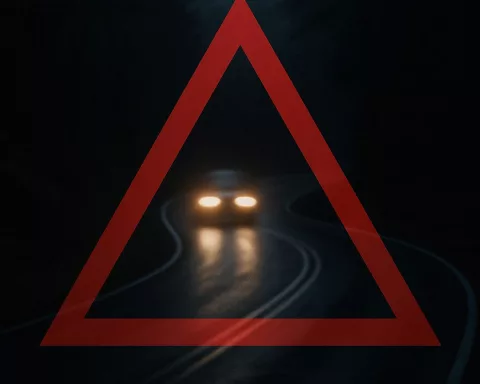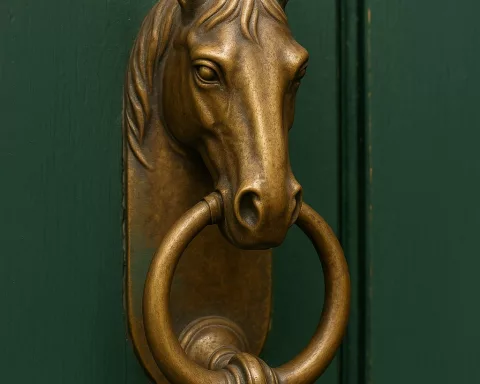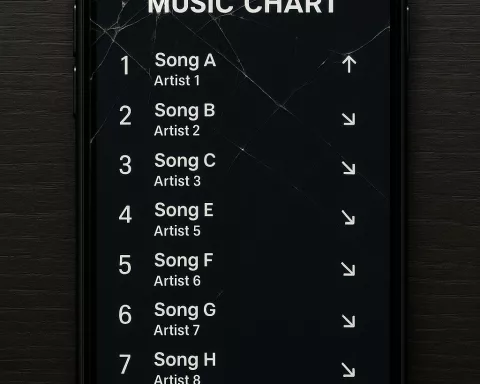Cape Town’s Water and Sanitation Directorate is investing in advanced mechanical filtration screens to upgrade its sewer pump station infrastructure, with a total investment of R8.1 million. These custom-made screens act as a barrier against large objects that should not enter the sewer system and reduce the risk of overflows. The screens are easy to operate and are being installed at various pump stations across the city. This ongoing initiative aims to protect infrastructure and the urban environment, enhancing the quality of life for residents.
How is Cape Town upgrading its sewer pump station infrastructure?
Cape Town’s Water and Sanitation Directorate has invested R8.1 million in advanced mechanical filtration screens to upgrade its sewer pump station infrastructure. These screens act as a barrier against large objects that should not find their way into the sewer system, preventing damage to pump stations and reducing instances of overflows. This is an ongoing project, with screens being installed at various pump stations across Cape Town. Future plans include installations at several more pump stations.
Investment in Cutting-Edge Technology
In a noteworthy move to upgrade its sewer pump station infrastructure, Cape Town’s Water and Sanitation Directorate has made a significant investment of R8.1 million in advanced mechanical filtration screens. These cutting-edge screens have been fitted at various pump stations, including Raapenberg, Lourens River, Retreat Main, and Muller Street. The key objective of this enhancement is to prevent large items from infiltrating the wastewater system.
These innovative and robustly designed mechanical bar/basket screens serve two vital roles. In the first place, they act as an effective barrier against large objects like sanitary towels, wet wipes, disposable diapers, rags, clothing, and condoms, which should not find their way into the sewer system. Additionally, the installation of these screens significantly reduces instances of overflows, thereby curtailing potential damage to pump stations.
An Ongoing Initiative for Infrastructure Improvement
Far from being a new concept, this initiative is part of a continuous project. Over the past two years, similar screens have been set up in various other pump stations across Cape Town. These include the Langa Main, Bokmakierie, Phoenix, Joe Slovo, Grey Road, and Koeberg Road pump stations. It’s worth noting that the installation isn’t a one-size-fits-all; it’s custom-made based on the existing infrastructure. The Design and Contracts team from the Engineering and Asset Management (EAM) branch collaborates with the Reticulation branches to design and tailor the screens for each station.
Despite their complex design, these screens are user-friendly and easy to operate. They consist of a sheltered gantry or steel structure, an electric hoist, and a removable screen that can be simply slid in and out of the pump station’s inlet chambers on guide rails. The screen’s size varies, depending on the inlet size, layout, and space available at each pump station. Nonetheless, all screens come with a standard 50mm aperture to catch most large solids in the flow.
Enhanced Functionality and Future Plans
The screens come equipped with an e-hoist driven by a controller, offering multiple movement controls. This feature makes lifting the screen from the inlet chamber a breeze. Once the screens capture solids, these are then discarded into a skip bin. The latest screens are designed with a drop-bottom to facilitate cleaning. In larger pump stations like Langa, Raapenberg, and Lourens River, double screens are utilized, either stacked or positioned separately in chambers or channels.
Installation of these screens at pump stations follows a priority system, determined by pump block or failure rates, existing infrastructure, and land availability. At present, screens are being installed at the Ascot Street and Mosselbank pump stations. Future plans include installations at College Road, Wesbank, Tambo Street, Wallacedene, Sarel Cilliers, Fisantekraal 2, Fisantekraal 4, Keyser River, Sand River, Philippi West, Philippi East, Rietvlei, Macassar, Elsies River, and Freezia.
Protecting Infrastructure and the Urban Environment
This initiative is a major step toward safeguarding the city’s 487 pump stations from damage and reducing the risk of sewer overflows. Essentially, it’s a joint effort aimed at enhancing the quality of life for residents and preserving the urban environment. Even though the Water and Sanitation Directorate experiences challenges from debris and foreign materials entering the sewer system due to vandalism and misuse, this project offers a more effective and sustainable solution to these problems.
What is the purpose of the advanced mechanical filtration screens being installed in Cape Town’s sewer pump stations?
The purpose of the advanced mechanical filtration screens being installed in Cape Town’s sewer pump stations is to act as a barrier against large objects that should not find their way into the sewer system, preventing damage to pump stations and reducing instances of overflows.
How are the screens being installed in the pump stations?
The screens are custom-made based on the existing infrastructure, and the Design and Contracts team from the Engineering and Asset Management (EAM) branch collaborates with the Reticulation branches to design and tailor the screens for each station. Once the screens are designed, they are installed by fitting a sheltered gantry or steel structure, an electric hoist, and a removable screen that can be simply slid in and out of the pump station’s inlet chambers on guide rails.
How easy are the screens to operate?
Despite their complex design, these screens are user-friendly and easy to operate. They come equipped with an e-hoist driven by a controller, offering multiple movement controls. Once the screens capture solids, these are then discarded into a skip bin. The latest screens are designed with a drop-bottom to facilitate cleaning.
Are the screens being installed at all pump stations in Cape Town?
No, the installation of these screens at pump stations follows a priority system, determined by pump block or failure rates, existing infrastructure, and land availability. At present, screens are being installed at various pump stations across Cape Town, including Ascot Street and Mosselbank. Future plans include installations at several more pump stations.
What is the total investment amount for this infrastructure upgrade project?
The total investment amount for this infrastructure upgrade project is R8.1 million.
What is the objective of this infrastructure upgrade project?
The objective of this infrastructure upgrade project is to protect infrastructure and the urban environment, enhancing the quality of life for residents by reducing the risk of sewer overflows and damage to pump stations.











